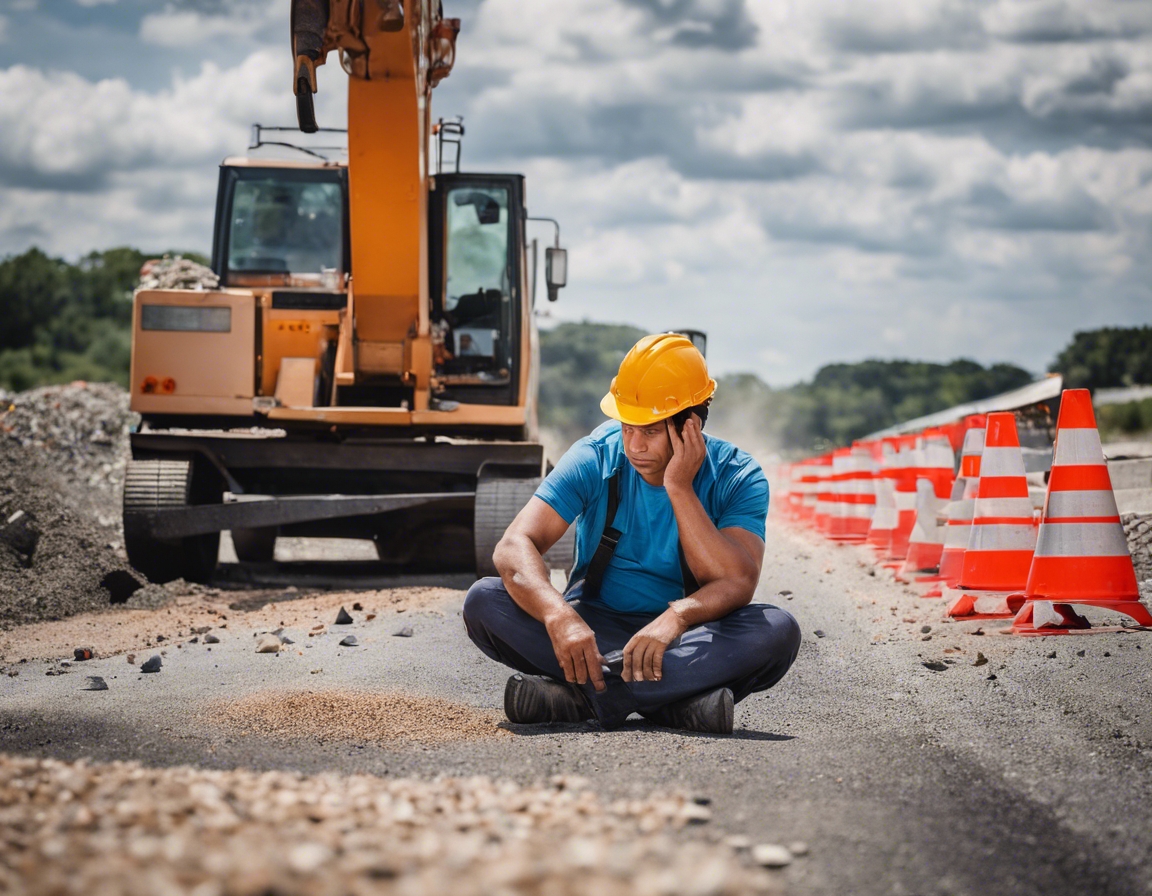5 tips for sustainable road construction
As the world becomes increasingly aware of the environmental impacts of construction activities, sustainable road construction has emerged as a critical practice for the industry. It involves the adoption of strategies that minimize the environmental footprint while still providing the necessary infrastructure for society.
Sustainable road construction is not just about reducing the environmental impact; it's also about ensuring that the infrastructure we build today can withstand the challenges of tomorrow. It's about creating roads that are durable, cost-effective, and have a minimal impact on the natural world.
Road construction and maintenance can lead to significant environmental disturbances, including habitat destruction, air and water pollution, and increased carbon emissions. Addressing these challenges is essential for the health of our planet and the well-being of future generations.
Tip 1: Utilizing Recycled Materials
One of the most effective ways to promote sustainability in road construction is through the use of recycled materials. This not only reduces the demand for virgin resources but also decreases the amount of waste sent to landfills.
Recycled materials often come at a lower cost and can be just as effective as new materials. They can also significantly reduce the carbon footprint of road construction projects.
Common recyclable materials include reclaimed asphalt pavement (RAP), recycled concrete aggregate (RCA), and glassphalt, which incorporates recycled glass.
Tip 2: Implementing Energy-Efficient Practices
Energy efficiency is another cornerstone of sustainable road construction. By adopting more efficient practices, we can reduce the overall energy consumption of construction projects.
Simple measures such as optimizing machinery usage and adopting energy-saving construction techniques can lead to significant energy savings.
Investing in modern, energy-efficient machinery not only reduces energy consumption but also decreases emissions and operational costs.
Tip 3: Reducing Emissions During Construction
Reducing emissions is crucial for protecting air quality and mitigating the effects of climate change. Sustainable road construction seeks to minimize emissions throughout the construction process.
Choosing low-emission construction equipment can significantly reduce the carbon footprint of road construction projects.
Using alternative fuels like biodiesel or powering equipment with renewable energy sources can further decrease emissions.
Tip 4: Enhancing Durability and Longevity of Roads
Building roads that last longer reduces the need for frequent repairs and reconstruction, which in turn minimizes the environmental impact over the road's lifecycle.
Using high-quality materials and employing best construction practices are essential for creating durable roads.
Regular maintenance is key to extending the life of road infrastructure and ensuring it remains sustainable.
Tip 5: Incorporating Natural Drainage and Landscaping
Proper drainage and landscaping are vital for preventing erosion and managing stormwater in an environmentally friendly manner.
Natural drainage systems help to recharge groundwater, reduce runoff, and filter pollutants.
Incorporating green spaces and native vegetation can enhance the ecological value of road projects and contribute to biodiversity.






Comments (0)